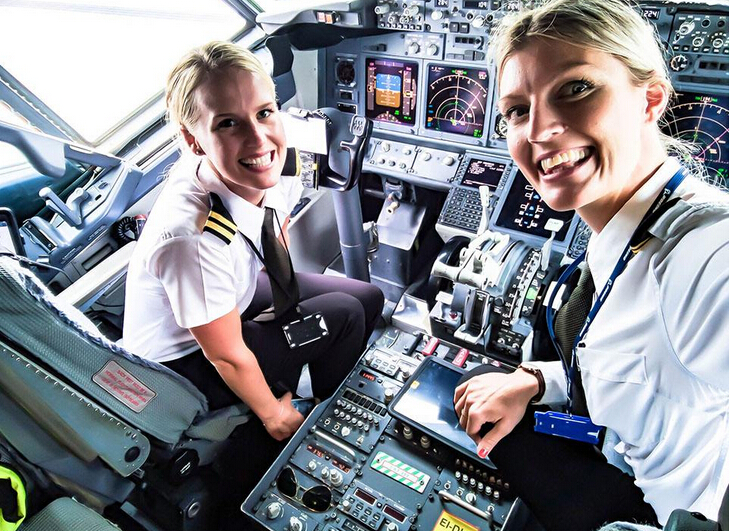(单词翻译:单击)
Consider a pilot who’s flying in clouds, so she has no visual clues.
假设一个飞行员正穿梭于云层之中,看不到任何东西。
She enters a left turn, and her inner ears say “you’re turning.”
她把飞机往左转,这时候内耳会告诉她“你正在转向”。
But soon the fluid settles down, and the hairs stop moving.
但是很快,规管内的流体停止流动,毛状纤维也停了下来。
The pilot is still in the turn, but her ears say she’s flying straight.
虽然飞机依然在转弯,但是她的耳朵却让她误认为正直线飞行。

And her body sense won’t help. Without visual clues, it might think the g-forces of the turn are caused by a climb.
这时,她的身体感知也失去作用。没有视觉感官的情况下,飞行员可能将转弯产生的离心力当做攀爬时的重力。
So now the pilot’s ears and body sense are telling her different things, and both are probably wrong.
于是她的耳朵和身体感受传递了不同的信息,并且都是错误的信息。
Scuba divers can have this same dangerous confusion in murky water, and avalanche victims–buried in snow–may not know which way to start digging.
带水肺的潜水员也会在昏暗的水深之处遭遇相同的困境,而发生雪崩时,埋在雪里的受害者也不知道该从哪个方向出逃。
So when the body lies, other signals must be used.
因此,当身体发出错误的感知信号时,我们必须利用其它信息。
Pilots rely on instruments, divers follow their air bubbles to the surface, and a little spit will tell the avalanche victims which way is up.
飞行员观察仪表数据,潜水员跟随上浮的气泡可以浮出水面,雪崩受害者则可以通过吐出的唾液了解哪个方向是向上。
译文为可可英语翻译,未经授权请勿转载!


